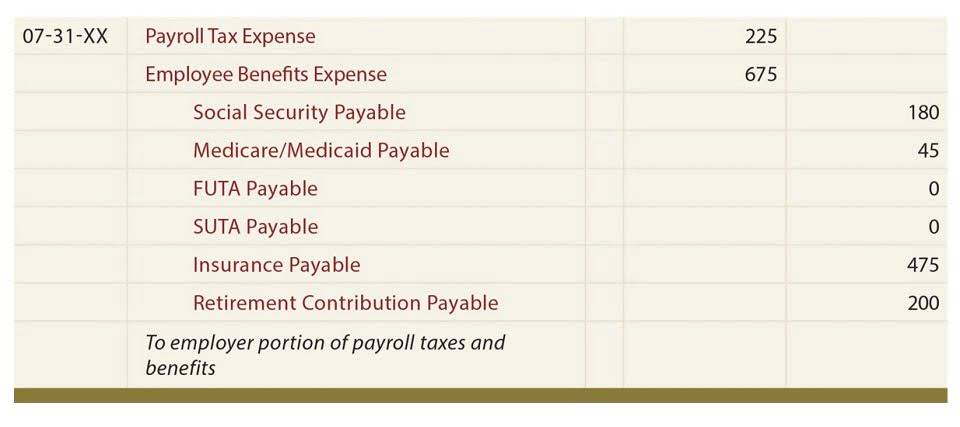
Before calculating their inventory turnover, contractors need to classify their inventory into regularly consumed inventory vs. inventory they keep for safety stock. Whatever you have in safety stock may have very poor inventory turnover. Still, you don’t want those Retail Accounting in your calculations because you simply have to have that inventory in stock in order to prevent stockouts. Discover how Just in Time (JIT) inventory management streamlines operations, reduces waste, improves cash flow, and enhances efficiency. It relates to financial metrics like profit margins and cash flow, showing how well assets are utilized. A high inventory turnover ratio, on the other hand, suggests strong sales.
What an Inventory Turnover Ratio Can Tell You
If we talk about just-in-time manufacturing, the companies never have more than the required inventory on hand. Average inventory, as already defined, is the mean value of the inventory value at two or more given times. In Online Accounting general, however, average inventory is calculated by taking the mean of the beginning and ending inventory during a specific period.
- Competitors such as H&M and Zara typically limit runs and replace depleted inventory quickly with new items.
- If there is no beginning or ending inventory, the only available value is treated as average inventory.
- The income statement of Duro Items Inc. shows a net sales of $660,000 and balance sheet shows an inventory amounting to $44,000.
- A very high turnover might suggest that you’re understocked, leading to stockouts and missed sales opportunities.
- Besides, it’s the fuel of any business, whether trading or manufacturing concern.
- For example, having an inventory turnover ratio of 10 means the firm has sold and refilled its average inventory 10 times during the period selected for analysis.
Inventory Turnover Formula
- Reports for a limited month range can be useful to review inventory turnover for a specific season.
- Simply put, a low inventory turnover ratio means the product is not flying off the shelves, for whatever reason.
- Analysts must be sure that their comparisons are valid—especially when the comparisons are of items for different periods or different companies.
- It’s because different industries have varying trends and stock requirements.
- Ratio Analysis is a broad method of quantitatively measuring the performance of any business entity in different areas.
As a whole, metrics like efficiency ratios can help businesses to assess their performance in using assets which of the following factors are used in calculating a companys inventory turnover? effectively. This vital metric can help businesses to understand better and, if needed, shift their approach to inventory management. A high inventory turnover ratio indicates efficient inventory management, faster sales, and reduced holding costs. A company can improve its inventory turnover ratio by optimizing stock levels, reducing overstock, and increasing sales. Factors affecting the inventory turnover ratio include sales volume, purchase frequency, stock levels, product demand, and supply chain efficiency.
What factors can affect the inventory turnover ratio?

Similarly, a shortage of inventory in stock may also temporarily rise the firm’s inventory turnover ratio. In general, a higher inventory turnover ratio is desirable for any business entity. It’s because overstocking or unsold inventory is exposed to the risk of market fluctuations, obsolescence, etc. Besides, the lower turnover ratio also indicates that the company’s sales team is not efficient in selling the stock. Calculating the inventory turnover ratio and adjusting your inventory management practices can help you notice and address issues such as obsolete inventory and stockouts. Through this evaluation process, businesses can better optimize their inventory on hand to meet customer demand while avoiding unnecessarily high carrying costs and expiring inventory.


Reports for a limited month range can be useful to review inventory turnover for a specific season. If you reduce the set minimums and maximums you have for your inventory, you will burn it off by not replenishing it as often. Inflation Impact – Sales figures can be inflated by pricing strategies or discounts, potentially skewing the ratio. Simplicity – Easier to calculate as total sales figures are readily available.

